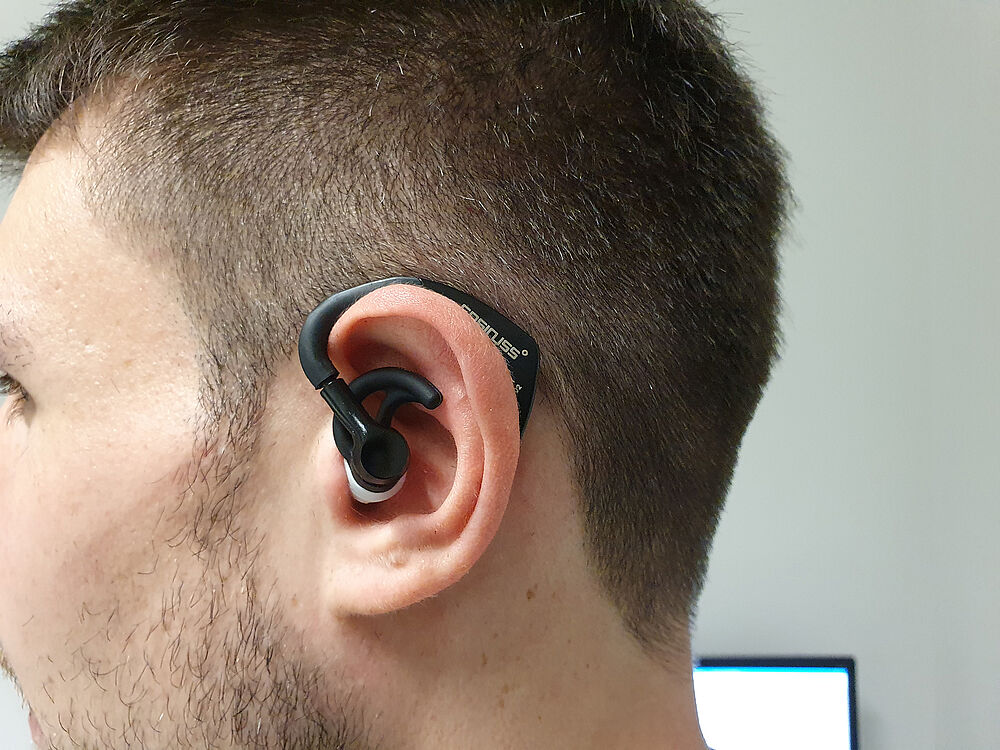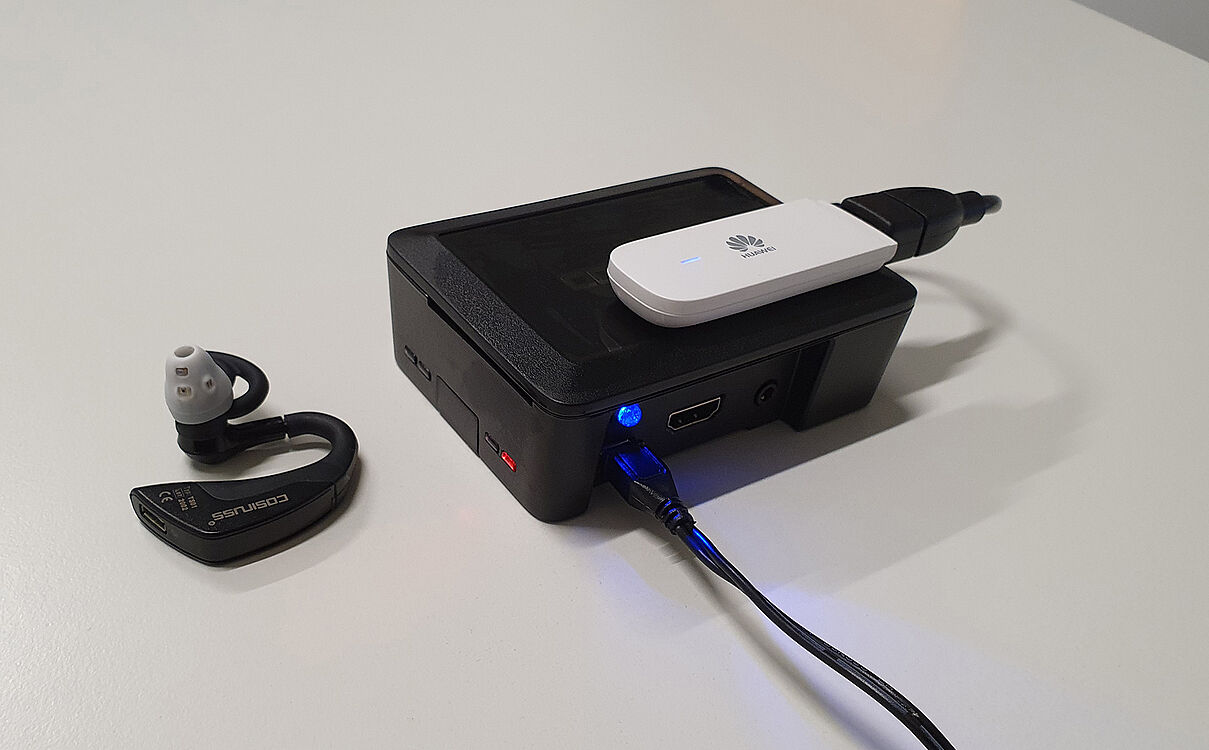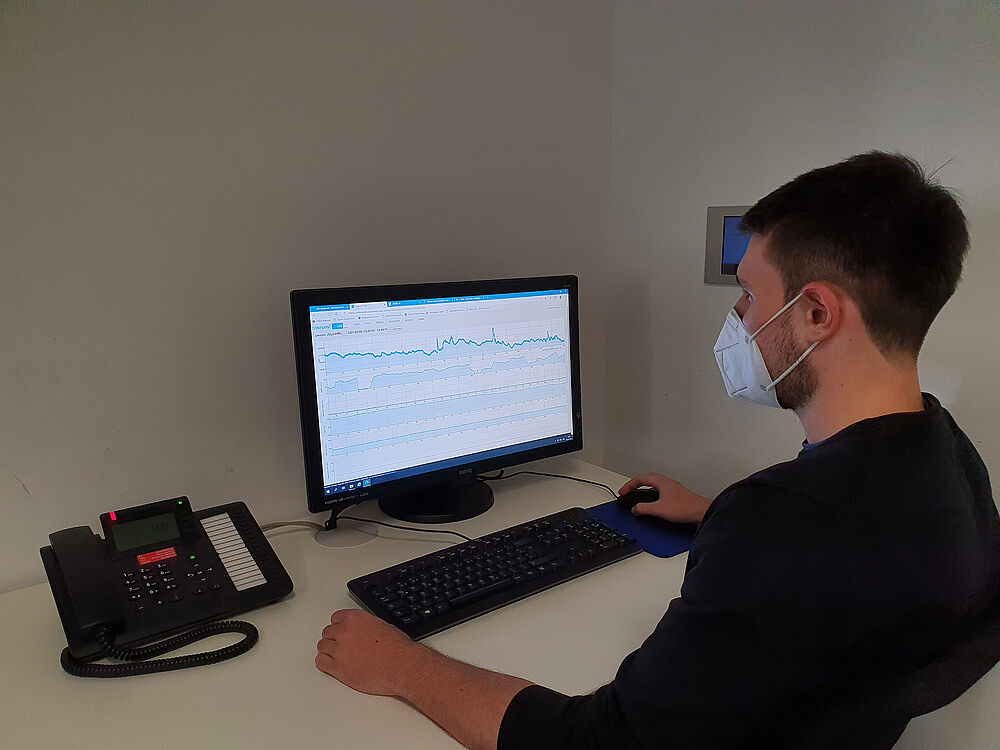Individuals in domestic quarantine due to the Corona virus can receive ongoing care from healthcare professionals through a new telehealth system. This provides relief for the healthcare system while ensuring a high level of safety for the affected individuals.

![[Translate to English:] Aufgezeichnetes Netzwerk eines Telehealth-Systems Recorded network of a telehealth system](/fileadmin/_processed_/b/5/csm_BR2_-_Corona_COVID19_Telehealth-Tirol_c_AIT_dac1e29b52.jpg)



